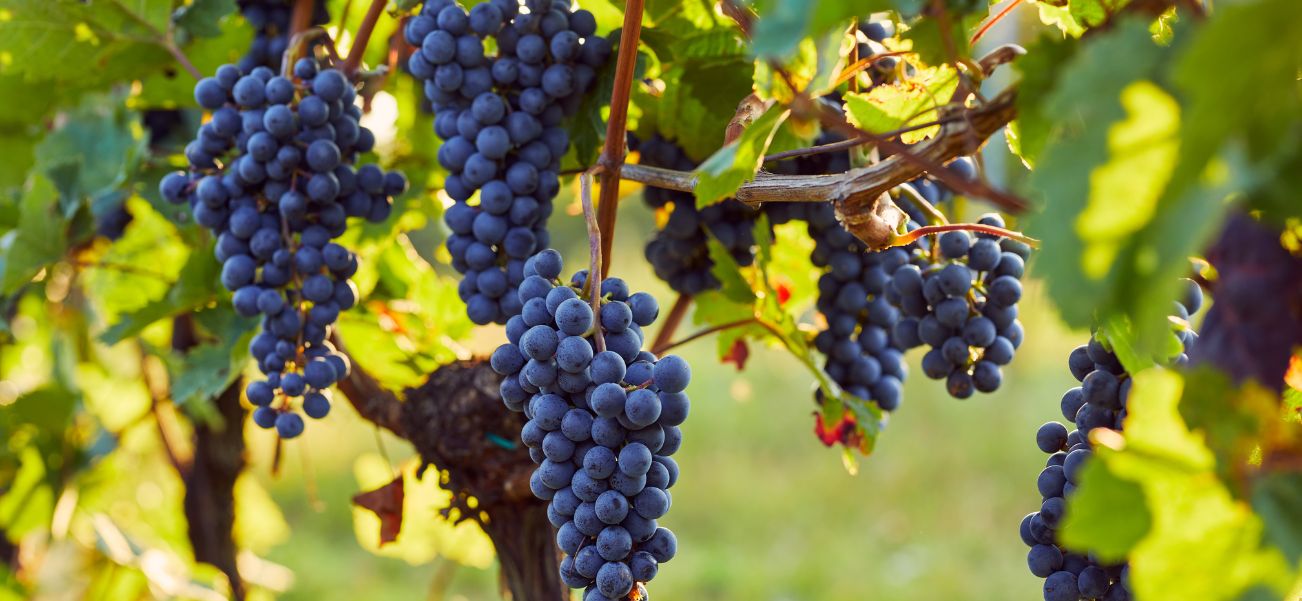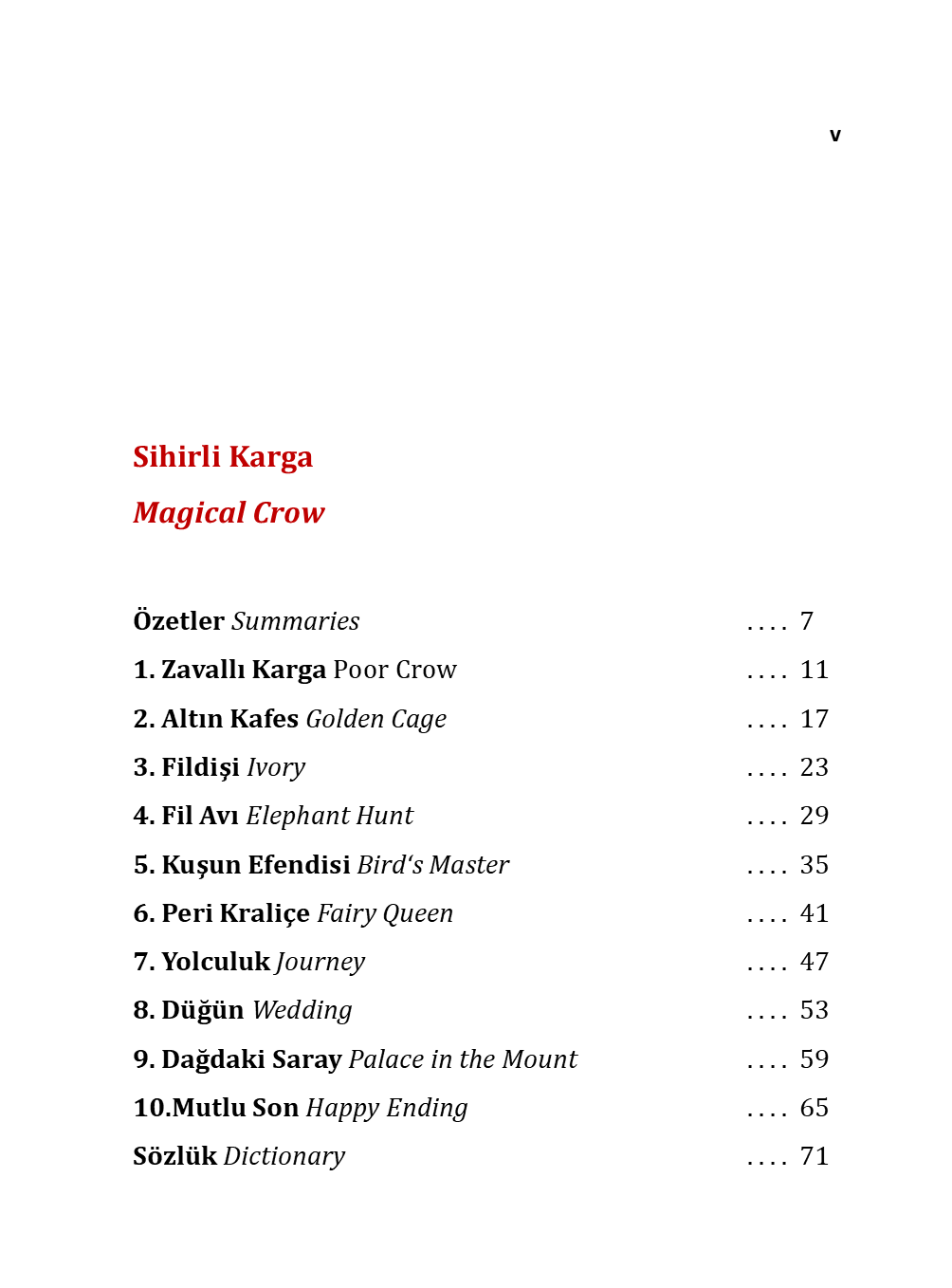
Exploring Turkish Wine: History, Regions, Indigenous Grapes And More
When you think of a world-class wine destination, your mind might drift to the rolling hills of Tuscany, the grand chateaux of Bordeaux, or the sun-drenched valleys of Napa. But there’s a new, yet ancient, star rising in the viticultural world, quietly producing award-winning bottles that are captivating sommeliers and wine enthusiasts alike: Turkey.
Straddling the continents of Europe and Asia, Turkey is a land of breathtaking contrasts, and its wine scene is no different. It’s a country with one of the oldest wine-making heritages on the planet, a treasure trove of unique indigenous grapes, and a modern wine industry that is dynamically carving out its identity. This is not just a story of wine; it’s a story of history, culture, and a passionate revival.
Join us on a journey into the captivating world of Turkish wine, where ancient roots are bearing remarkable fruit.
Turkish Wine: A Rising Star With Ancient Roots
Listen to the podcast interview about "Turkish Wine":
A Sip of History: From Noah to the Republic

To understand Turkish wine is to delve deep into history. Viticulture in Anatolia (the Asian part of modern Turkey) dates back over 7,000 years. Archaeological evidence suggests that the earliest known wine production occurred in the Hajji Firuz Tepe area of present-day Turkey around 5400-5000 BC.
The Anatolian Cradle:
Many historians believe that Anatolia is the birthplace of Vitis vinifera, the common grape vine from which almost all wine in the world is made. From here, knowledge of viticulture and winemaking spread to the Caucasus, the Aegean, and eventually throughout Europe.
The Hittites and Beyond:

The Hittites, who ruled Anatolia from around 1600-1200 BC, had intricate laws governing vineyards and wine production. They revered wine, using it in religious ceremonies and daily life. Following the Hittites, ancient civilizations like the Phrygians, Lycians, Greeks, and Romans all cultivated grapes and made wine on this fertile land. The famous Roman poet Homer even wrote about Turkish wine in the Iliad.
The Ottoman Interlude:
The rise of the Ottoman Empire presented a complex chapter for Turkish wine. While Islam, the religion of the Empire, discouraged alcohol consumption, the Ottomans adopted a remarkably pragmatic approach. Non-Muslim subjects—primarily Greeks, Armenians, and Assyrians—were permitted to produce and often even tax-farm wine. These communities became the custodians of Turkey's winemaking tradition for centuries, producing wine for their own consumption, for export, and even for the Ottoman court on occasion.
The Modern Republic and Beyond:

The establishment of the Turkish Republic in 1923 by Mustafa Kemal Atatürk marked a significant turning point. Atatürk founded the state-owned Tekel monopoly, which aimed to modernize the production of alcohol, including wine. While Tekel’s focus was often on quantity over quality, it preserved the knowledge of viticulture during a period of transition.
The real renaissance began in the 1990s and early 2000s. The privatization of Tekel’s vineyards, the emergence of private, quality-focused wineries, and a new generation of Turkish winemakers—many trained abroad—ushered in a new era. Today, despite regulatory challenges and social pressures, the Turkish wine industry is more vibrant, innovative, and internationally recognized than ever before.
The Seven Jewels: Turkey’s Wine Regions

Turkey's diverse geography, with its coastlines, high plateaus, and mountain ranges, creates a mosaic of microclimates perfect for viticulture. The country is broadly divided into seven key wine-growing regions, each with its own distinct personality.
1. Thrace (Trakya)
Bordering Greece and Bulgaria, Thrace is Turkey's European gateway and one of its most important wine regions. Influenced by a continental climate with cooling breezes from the Marmara and Black Seas, it's often called the "Turkish Bordeaux." The region is known for its clay and limestone soils, ideal for both international and native varieties.
- Key Wineries Doluca, Kayra, Barbare, Suvla, Château Kalpak.
- Signature Grapes Papazkarası, Gamay, Cabernet Sauvignon, Merlot.
2. The Aegean Coast (Ege)

This is the heart of Turkish tourism and a powerhouse of wine production. Blessed with a Mediterranean climate, mild winters, and abundant sunshine, the Aegean region is particularly famous for its white wines and elegant reds. The coastal plains and surrounding mountains provide varied terroirs.
- Sub-regions The Şarköy Peninsula, Gallipoli, and the islands of Bozcaada and Gökçeada are particularly notable.
- Key Wineries Urla, Corvus, Sevilen, LA Wines, Mozaik.
- Signature Grapes Bornova Misketi, Sultaniye, Çalkarası (red), Cabernet Sauvignon, Syrah.
3. The Marmara Region

Encircling the Sea of Marmara, this region includes parts of both Europe and Asia. It shares similarities with Thrace but has its own unique terroirs, including the limestone-rich slopes around the city of Bursa. It's a region of experimentation and high-quality production.
- Key Wineries Büyülübağ, Melen, Arda.
- Signature Grapes Pinot Noir, Merlot, Sauvignon Blanc, and the rare Misket.
4. The Mediterranean Coast (Akdeniz)
Known for its dramatic Taurus Mountains and turquoise coast, this region has a classic Mediterranean climate. The vineyards are often planted on high-altitude slopes, which provide crucial diurnal temperature shifts, allowing grapes to retain acidity and develop complex aromas.
- Key Wineries Likya, Arya.
- Signature Grapes Bogazkere, Öküzgözü, and international varieties like Syrah.
5. Central Anatolia

This high-altitude plateau, home to the capital Ankara, experiences a harsh continental climate with hot, dry summers and cold, snowy winters. The extreme temperatures and volcanic soils produce grapes with thick skins and intense flavors, leading to powerful, structured red wines.
- Key Wineries Kavaklidere, Vinkara, Tümosan, Yazgan.
- Signature Grapes Kalecik Karası, Narince, Emir.
6. Eastern Anatolia
One of the highest and most rugged wine regions in the world, Eastern Anatolia is the spiritual home of Turkey's most noble native red grapes. The high altitude and continental climate create a long, slow ripening season, resulting in grapes with incredible depth, acidity, and tannic structure.
- Key Wineries Kayra (Elaziğ winery), Büyülübağ.
- Signature Grapes Öküzgözü ("Bull's Eye"), Boğazkere ("Throat Burner").
7. The Black Sea Coast (Karadeniz)

The wettest and most challenging region for viticulture, the Black Sea coast is known for its lush, rainy climate. Wine production is limited and highly localized, often focusing on hardy local varieties and unique, off-dry styles.
- Signature Grapes Kolorko, Tatlısara.
A Pantheon of Grapes: Turkey’s Indigenous Treasures

While you will find excellent Cabernet Sauvignon, Syrah, and Merlot in Turkey, the true excitement lies in its over 1,000 indigenous grape varieties. Around 60-80 of these are commercially used, offering a tasting experience you simply cannot find anywhere else.
The Red Royalty:
- Öküzgözü Hailing from Eastern Anatolia, Öküzgözü is the "gentle giant." Its name means "bull's eye," referring to the large berries. It produces deeply colored wines with low tannins, bright acidity, and aromas of red berries, sour cherry, and a hint of spice. It's often compared to a cross between Grenache and Pinot Noir.
- Boğazkere The name translates to "throat burner," a nod to its robust, grippy tannins. Also from the East, Boğazkere is powerful, full-bodied, and packed with dark fruit flavors, leather, and tobacco. When young, it can be austere, but it ages beautifully.
- The Perfect Pair Öküzgözü and Boğazkere are often blended together, with the former softening the latter's tannins. The resulting wine is a harmonious, complex, and uniquely Turkish blend that showcases the best of both grapes.
- Kalecik Karası From Central Anatolia, this grape has made a spectacular comeback from near extinction. It produces elegant, light-to-medium-bodied reds with aromas of red fruit, violet, and a distinct earthy note. It’s often called the "Turkish Pinot Noir."

The White Wonders:
- Narince Meaning "delicately," Narince is the queen of Turkish white grapes. Grown mainly in the Tokat area, it produces aromatic, medium-to-full-bodied wines with a lovely texture. Expect flavors of citrus, green apple, white flowers, and a subtle minerality. It can be made in styles ranging from crisp and fresh to oak-aged and rich.
- Emir An ancient grape from the volcanic soils of Cappadocia, Emir is known for its high acidity and delicate, citrus-driven profile. It makes stunningly fresh, crisp wines with notes of lemon, green apple, and salty minerality, perfect as an aperitif or with seafood.
- Sultaniye This is the primary table grape of Turkey, but it also makes a pleasant, light, and neutral white wine, often with a slight spritz. It's the main grape used for Turkish *köpüklü* (sparkling wine).
- Bornova Misketi (Muscat of Bornova) A uniquely Turkish member of the Muscat family, this grape produces intensely aromatic wines bursting with notes of orange blossom, peach, and lychee. It can be made in dry, off-dry, or sweet styles, all of which are highly expressive.
Wine and Turkish Culture: A Complex Relationship

Understanding the place of wine in modern Turkey requires navigating a complex cultural landscape.
The Meyhane Culture:
In major cities like Istanbul, Izmir, and Ankara, the heart of social wine drinking is the meyhane. These are traditional tavernas where friends gather for long, leisurely meals featuring an array of meze (small appetizer dishes) and copious amounts of rakı (an aniseed-flavored spirit) or wine. The experience is about conversation, community, and savoring the moment. A good Turkish white wine, like a "Narince" or a "Bornova Misketi", is a perfect companion to the diverse flavors of meze.
A Modern Renaissance:

Despite being a majority-Muslim country, Turkey is a secular state, and there is a thriving, sophisticated urban culture around wine. Wine bars are increasingly common in cosmopolitan neighborhoods, and restaurants boast extensive lists featuring local boutique producers. The younger, globally-connected generation is embracing wine as part of a modern lifestyle.
Challenges and Resilience:
The Turkish wine industry faces significant hurdles, including high special consumption taxes (ÖTV) that can sometimes double the price of a bottle, strict advertising bans, and political pressures. However, this has fostered a remarkable resilience and a "quality over quantity" mindset among winemakers. Their passion and dedication are the driving forces behind the industry's success.

Fascinating Facts About Turkish Wine
- Noah's Vineyard Legend has it that after the Great Flood, Noah planted the first vineyard on the slopes of Mount Ararat in Eastern Turkey.
- A Biodiversity Hotspot Turkey is one of the world's most significant gene centers for "Vitis vinifera".
- Oldest Evidence The ruins of Göbeklitepe in Southeastern Turkey, dated to 10,000 BC, show evidence of fermented beverages, pushing the history of fermentation in the region back even further.
- Cappadocia's Cave Wines In the surreal landscape of Cappadocia, some wineries age their wine in ancient, hand-carved underground caves, providing perfect, natural temperature and humidity control.
- Island of Wine The Aegean island of Bozcaada is a dedicated wine destination, with vineyards covering a third of the island and several acclaimed wineries like Corvus and Talay.
How to Enjoy Turkish Wine

Pairing with Turkish Cuisine:
Turkish wine is a natural partner for its world-renowned cuisine.
- Öküzgözü Perfect with lamb kebabs, grilled meats, and hearty stews.
- Boğazkere & Blends Ideal for rich, fatty dishes like *kuzu tandır* (slow-cooked lamb).
- Kalecik Karası A great match for poultry, pasta with red sauce, and mushroom dishes.
- Narince Excellent with grilled fish, seafood meze, and creamy cheeses.
- Emir The ultimate pairing for fresh oysters, salads, and simply grilled seafood.
- Bornova Misketi Pairs beautifully with spicy meze, Asian cuisine, or fruit-based desserts.
Exploring and Buying:

If you're visiting Turkey, make time for a winery tour, especially in Thrace, the Aegean, or Cappadocia. Internationally, the availability of Turkish wine is growing. Look for importers specializing in wines from the Balkans or the Eastern Mediterranean. Don't be afraid to ask your local wine merchant—demand often starts with a simple question.
Conclusion: A Journey Worth Taking
Turkish wine is more than just a beverage; it's a narrative in a bottle. It tells a story of ancient soils, resilient vines, and a people passionately reconnecting with their heritage. It offers a taste of something both familiar and entirely new—a chance to discover grape varieties and flavors that have been hidden from the world for too long.
So, the next time you're looking for a wine adventure, look beyond the usual suspects. Seek out a bottle from Turkey. Uncork a taste of history, and discover for yourself why this ancient land is the wine world's most exciting rising star.
Şerefe! (Cheers!)













